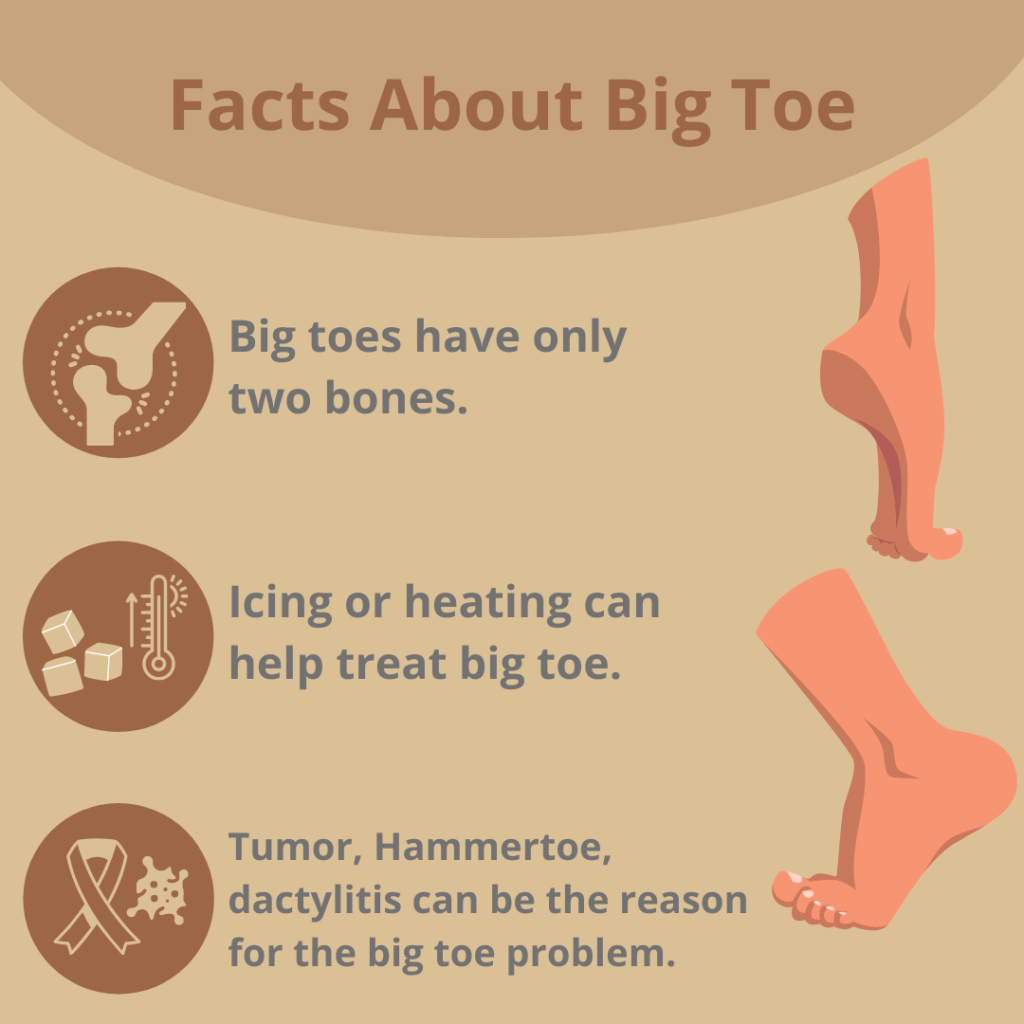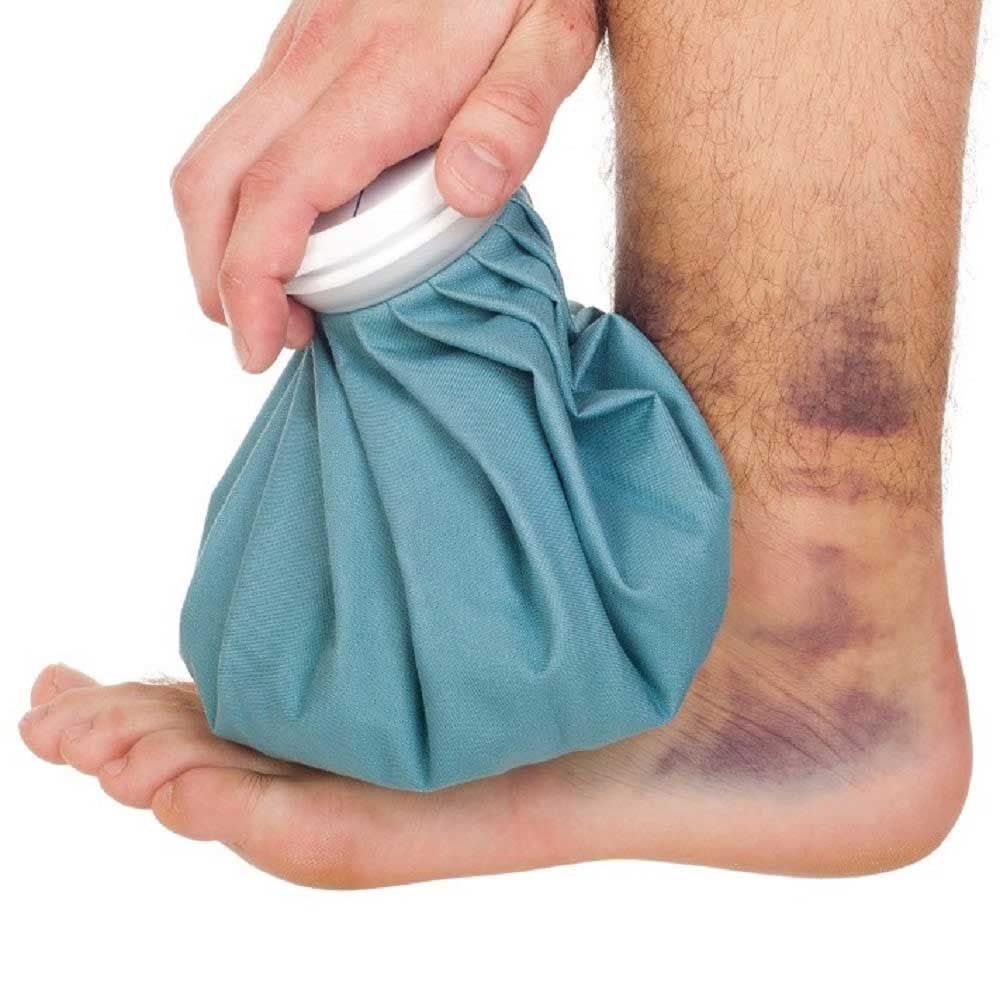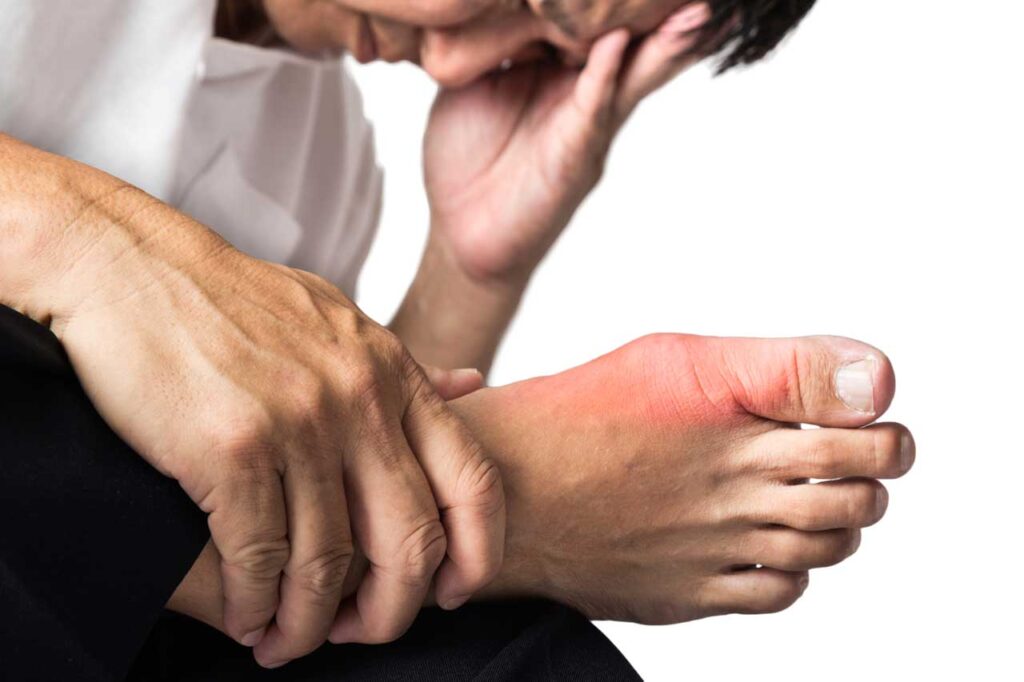BIG TOE SPRAIN: TURF TOE
Turf toe is not only the misery of a professional athlete; but it can impact anyone, anywhere at any time – even you! You are at high risk for turf toe- if you spend a lot of time walking, or you’re a runner or avid exercise.
Chiropractors define turf toe as a big toe injury and it is hyperextended resulting in a sprain of the ligaments surrounding the big toe. Turf toe is a common condition among sportsmen involved in soccer, football, lacrosse, track, and gymnastics. Sportsmen and athletes experience common such as swelling, pain, inflammation, and the aforementioned hyperextension.

Sometimes, turf toes are confused with sand Toe that is a close relative of turf toe. The sand toe can prevent you from experiencing a full range of mobility as a result of repetitive movement in areas of sand from sports like running, beach volleyball, or even surfing. This may be considered a sprain of the metatarsophalangeal joint (MPJ).
HOW IS TUR TOE CAUSED?
The big toe joint consists of a long bone with a rounded end covered with cartilage, which joins with the concave base of the toe bone. Turf toe occurs due to hyperextension – when you bend your big toe too far from your foot. Hyperextension can lead to a sprain or injury to your toe along with the ligaments that surround it. When sprain or injury happens, the big toe area and the MTP joint referred to as plantar complex, can get injured. Turf toe can affect various areas such as:
- Sesamoids: Small bones (tow) that help absorb weight on the front of your foot
- Flexor hallucis brevis: This is a tendon supporting the big toe when you put your weight on it while running or jumping.
- Collateral ligaments: These are bands of tissues that connect your toe bones keeping the big toe from bending too much to either side of your foot.
- Plantar plate: a structure that keeps your big toe from being bent too far up.
The big toe along with surrounding tissue and ligaments can be injured during any activity that involves putting a lot of weight on your big toe. Turf toe is common among athletes competing on a turf surface including various sports and activities, flexible or rigid shoe wear, but it can happen to anyone.
Turf toe injuries are usually seen among football players playing on artificial turf (a harder surface) instead of grass. Some common causes of turf toe include:
- Playing sports involves frequent stopping, starting, and changing directions.
- Wearing high heels.
- Walking while exerting excessive pressure on the big toe and surrounding area.
- Activities that involve putting weight on the big toe for an extended period.
- Wearing the wrong type of footwear when playing sports.

HOW TO IDENTIFY TURF TOE?
- People suffering from turf toe experience symptoms ranging from mild to severe. If turf toe is caused by a sudden injury, you may even hear or feel a “pop”. You may also experience symptoms such as:
- Pain increases after extending the big toe.
- Pain increases after bearing weight upon it.
- Popping feeling in the foot as the injury occurs.
- Swelling around the big toe.
- Instability and limited movement of the big toe.
- Stiffness around the big toe.
- The symptoms may be severe and develop immediately if the damage occurs due to sudden movement.
- Toe joint feeling lose or unstable.
Doctors use a grading system that helps determine the most effective treatment plan. This includes:
- Grade 1: This involves stretching of soft tissue that does not tear. The area is sensitive to touch and maybe mildly swollen. The doctor would recommend mild limitations with sports and exercises.
- Grade 2: This involves partial tearing of the soft tissue complex. The area has intense and more diffuse tenderness along with swelling and bruise. This will also lead to more limitations in sports and exercises.
- Grade 3: This involves complete damage of the soft tissues. The big toe joint may even be dislocated resulting in swelling and severe pain. The damage makes it very difficult to move the toe, let alone exercise or play sports.

HOW TO DIAGNOSE TURF TOE?
Your doctor would examine your toe and gently pushes on the affected area to check for tenderness. The doctor may also check for the range of motion of the big toe.
To check for the damage in the bones and soft tissues, your provider may order an X-ray or MRI scan. These tests produce images of bones, ligaments, tendons, and soft tissues.
HOW YOUR CHIROPRACTOR CAN HELP?
Your chiropractor’s main aim is to help control your pain and inflammation. They may suggest wearing support shoes and prescribing some exercises at home to help your injury heal. The chiropractor would also look for misalignments in your body that may be causing your gait to be altered. This may even worsen the turf toe, which can be improved with proper alignment of your body.

HOW TO TREAT TURF TOE?
The treatment of turf toe depends on the grade of the injury. The healthcare provider may recommend:
- Rest: The doctor would advise you to stop doing activities that can make your injury worse and give your toe a break so the sprain can heal.
- Ice and elevation: Applying a cold compress to your affected toe. Ice helps reduce the swelling and pain and elevating your toe reduces inflammation.
- Over-the-counter pain medication: The healthcare provider would advise nonsteroidal anti-inflammatory drugs (NSAIDs) to relieve pain and reduce swelling.
- Physical therapy (PT): The physical therapist will give you exercises and stretches to help your toe heal. A customized PT program includes exercises to reduce stiffness, improve flexibility and strengthen muscles that support the MTP joint.
- Stabilization: The doctor would apply the tape on your big toe to your smaller toes. This turf toe taping technique restricts motion while your toe heals.
- Orthotics: The doctor may recommend special inserts that fit into your shoe. Orthotics stabilize and support your toe joint while you’re running, jumping, or playing sports.
- Surgery: Rarely, a turf toe injury requires surgery to repair severe tears, fractures, or joint damage. The type of surgery depends on the injury’s location and which bones and soft tissues have the damage.

OUTLOOK
Rarely the turf toe can cause long-term stiffness, damage, or decreased ability to run or jump using the injured foo. Minor turf toe injuries can be treated at home and won’t keep you from physical activities for very long. A more serious turf toe may take a month or more to heal but won’t have any serious long-term damage if you take care of your toe during the healing process.
People Also Read:
Guide to Finding a Good Chiropractor
The Benefit Of Chiropractic Care For Reducing Sports Injuries
If you or anyone you know is suffering from big toe pain, our expert providers at Zenith Injury Relief & Wellness Clinic will take care of your health and help you recover.
Call us on 972-210-0033 to book an appointment with our specialists, and begin living your life pain-free.
